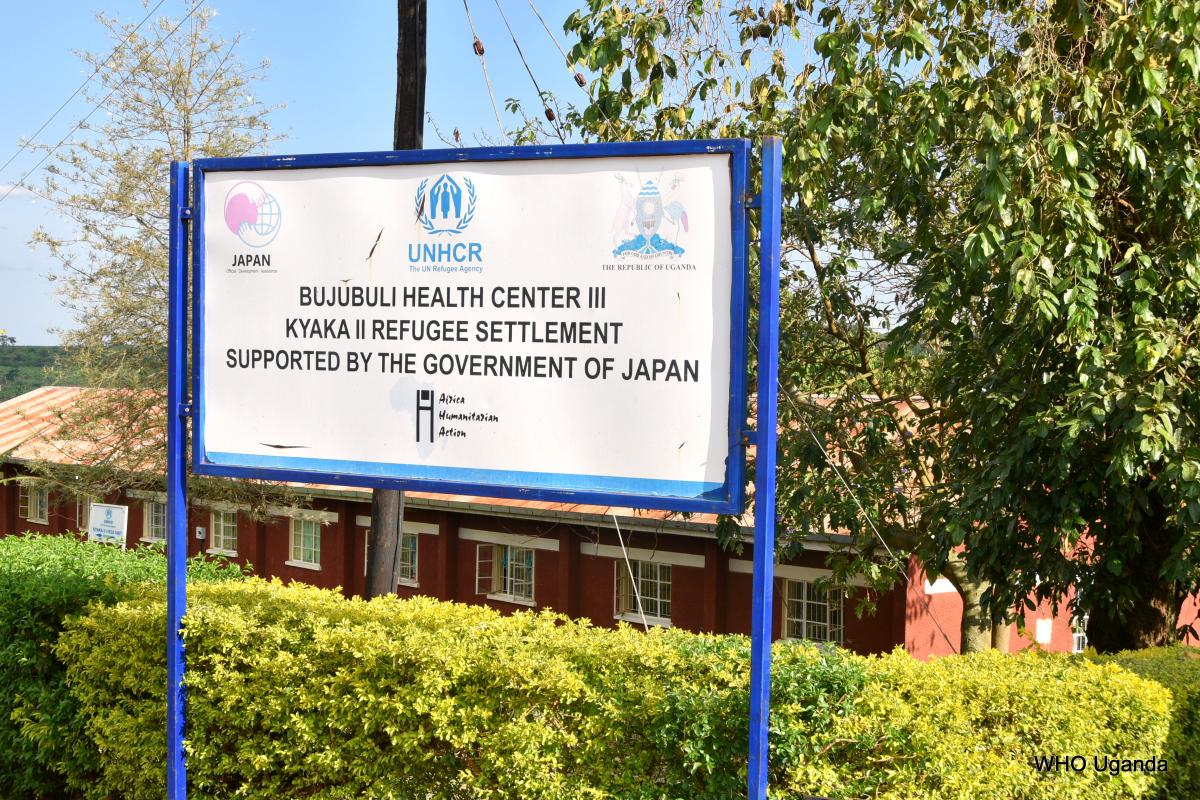In September 2018, Uganda’s refugee settlements painted a mixed picture of the state of healthcare. While there were significant strides in some areas, challenges persisted, reflecting the complexity of delivering medical care in such environments. Let’s take an in-depth look at the healthcare situation in these settlements.
Outpatient Department (OPD) Consultations
Healthcare facilities across the settlements conducted 192,723 consultations in September, with 80% serving refugees and 20% serving the host population. This high volume highlights the immense healthcare needs of refugee communities. On average, each clinician handled 45 consultations per day, just shy of the standard 50. This suggests a high patient load, indicating potential understaffing or a high demand for medical services.
Leading Causes of Morbidity
The top five health issues were:
- Malaria (30.3%): This reflects the endemic nature of malaria in Uganda, worsened by living conditions in refugee settlements that often promote mosquito breeding.
- Upper Respiratory Tract Infections (URTI, 18.4%): Crowded living conditions and limited access to clean air and proper ventilation contribute to this high percentage.
- Lower Respiratory Tract Infections (LRTI, 8.3%): Similar to URTI, these infections are driven by environmental factors and can be more severe.
- Skin Diseases (7.6%): Poor hygiene conditions and close living quarters facilitate the spread of skin infections.
- Watery Diarrhea (4.2%): Issues with water quality and sanitation lead to this condition, particularly dangerous for children due to the risk of severe dehydration.
Inpatient Services and Referrals
In September, 10,393 patients were admitted to inpatient care, with refugees making up 74% of these admissions. The hospitalization rate was 59, and the bed occupancy rate was 69%, suggesting a well-utilized healthcare system. Additionally, 2,081 referrals to higher-level care facilities demonstrate the network’s ability to manage severe or complex cases.
Reproductive Health
Maternal health services showed promising results:
- Skilled Deliveries: 95% of deliveries were attended by trained health professionals, crucial for reducing maternal and infant mortality.
- HIV Testing: 87% of mothers were tested for HIV during antenatal care (ANC), essential for preventing mother-to-child transmission.
- Live Births: 3,882 live births were recorded, with 65% being refugees. The high rate of completed ANC visits (86%) indicates good maternal health service uptake.
Nutrition and Vaccination
Malnutrition remains a concern, with 1,204 cases of moderate and 75 cases of severe malnutrition. However, recovery rates were high, with 84.6% for the Supplementary Feeding Program (SFP) and 71% for the Intensive Therapeutic Care (ITC). Vaccination campaigns were robust, with significant numbers vaccinated for measles, polio, and other diseases, reducing the risk of outbreaks.
Disease Surveillance and Outbreak Management
The surveillance system was heightened due to the Ebola outbreak in the neighboring DRC, with daily screenings for new arrivals. No Ebola cases were reported in Uganda by the end of September 2018, demonstrating effective preventive measures. However, there were 79 suspected measles cases, highlighting ongoing vulnerability to vaccine-preventable diseases.
HIV/AIDS and Tuberculosis (TB)
A total of 17,078 individuals were tested for HIV, with 334 testing positive. All positive cases were linked to care, and 15,668 individuals were on ART, indicating a robust HIV/AIDS management program. The majority of HIV cases (64%) were among the host population, reflecting broader community health challenges.
Mortality Rates
Mortality indicators were within acceptable standards:
- Crude Mortality Rate (CMR): 0.1 (standard: <0.75)
- Under-5 Mortality Rate (U5MR): 0.23 (standard: <1.5)
- Infant Mortality Rate: 10.8 (standard: <20)
These low mortality rates suggest effective healthcare interventions and accessible emergency care, though continuous efforts are needed to maintain and improve these outcomes.
Malnutrition remains a concern, with 1,204 cases of moderate and 75 cases of severe malnutrition. However, recovery rates were high, with 84.6% for the Supplementary Feeding Program (SFP) and 71% for the Intensive Therapeutic Care (ITC). Vaccination campaigns were robust, with significant numbers vaccinated for measles, polio, and other diseases, reducing the risk of outbreaks.





